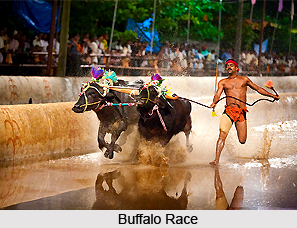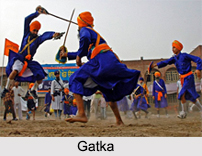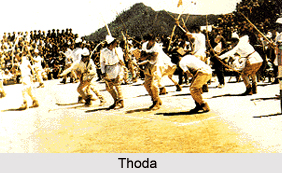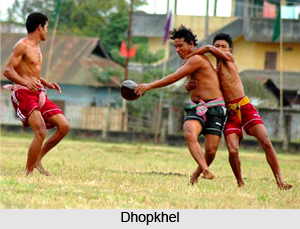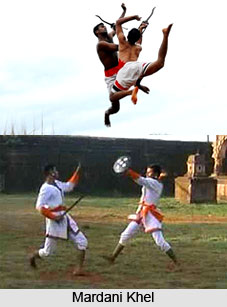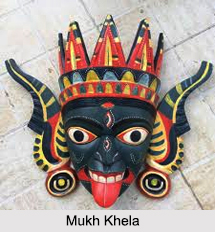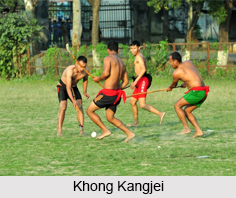Introduction
Langdi is a traditional game popular among children, especially in the state of Maharashtra. It is similar to hopscotch and is played literally in every part of India on school level. Langdi is an ancient game of India played during Pandyan Dynasty called “Nondiyaattam”. It is described by Marathis as a sport with a Marathi ethos.
Evolution of Langdi
Over time, Langdi evolved in structure and spread across regions, eventually becoming closely associated with Maharashtra, where it's celebrated as a sport embodying the Marathi cultural spirit.
Traditionally played in four innings, Langdi involves two teams that alternate between chasing and defending. What makes the game distinct is that players from the chasing team must hop on one foot while trying to tag as many defenders as possible within a tight 9-minute window per inning. This unique format demands agility, endurance, and strategic thinking.
Beyond being a recreational pastime, Langdi has long been valued as a foundational training sport. Its emphasis on balance, coordination, and speed makes it particularly beneficial for athletes preparing for more structured disciplines like kho kho, volleyball, and gymnastics.
Langdi in Different States
Langdi is known by various names in different parts of India. In North Eastern States of India it is known as "Kukurazu", "Aroni" or "Gamosa", in Punjab as "Langda Sher", in Delhi as "Langdi Tang", in South as "Kuntata" and in Eastern states like Odisha as "Chuta Gudo".
Development of Langdi
After formation of Langdi Federation of India in 2009, this game is known as "Langdi" all over India. Then Hon. Secretary Langdi Federation of India Mr. Suresh Gandhi studied this Langdi game in deep and started to make unilateral and common rules in 2009. The main intention behind this was to procure organizational structure to Langdi which will help to get popularity, uniformity of Rules and develop and spread the game across all states of India. The game Langdi has been included as regular game in Mumbai University.
After its origin in 2009, Langdi made its entry into International Sports Field by its first appearance at Pokhara, Nepal in 2013. The National Langdi Federation received national recognition in 2010.
Rules of Langdi
The game Langdi consists of two teams. The rules of Langdi are as follows:
Techniques of Langdi
This team sport in played in many ways in different parts of India. However, the most popular form is illustrated below.
Another Variation of Langdi
Here is another variation of Langdi that is followed in some parts of India. In this version, the game begins with a single chaser.
